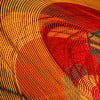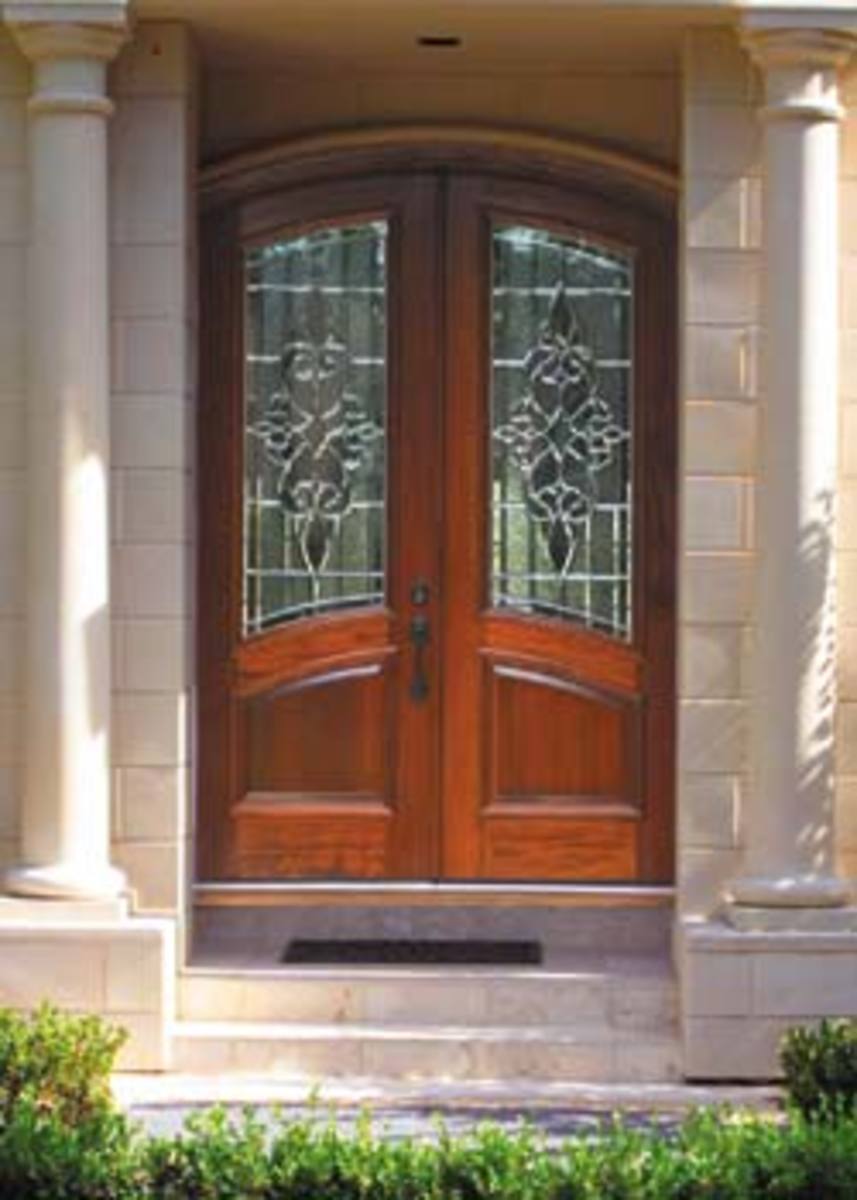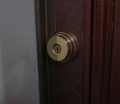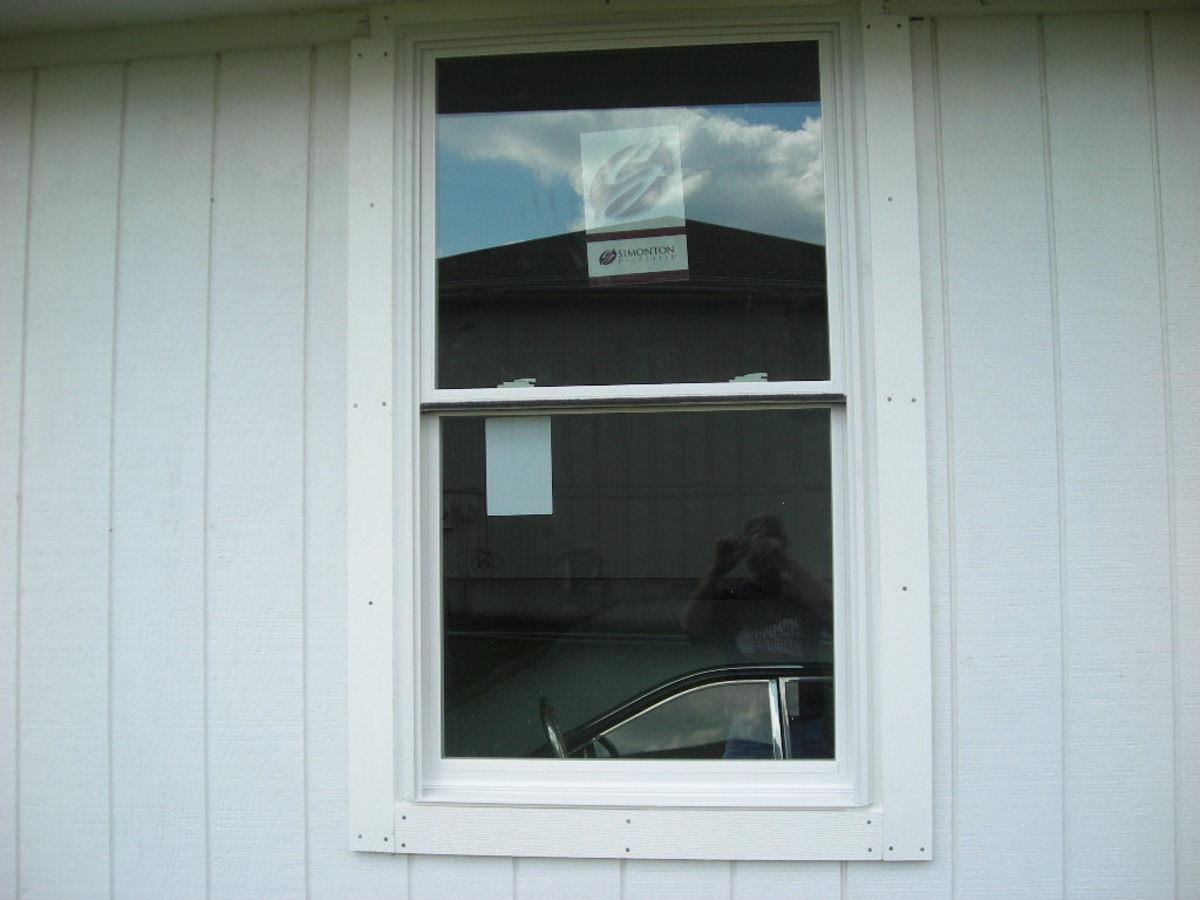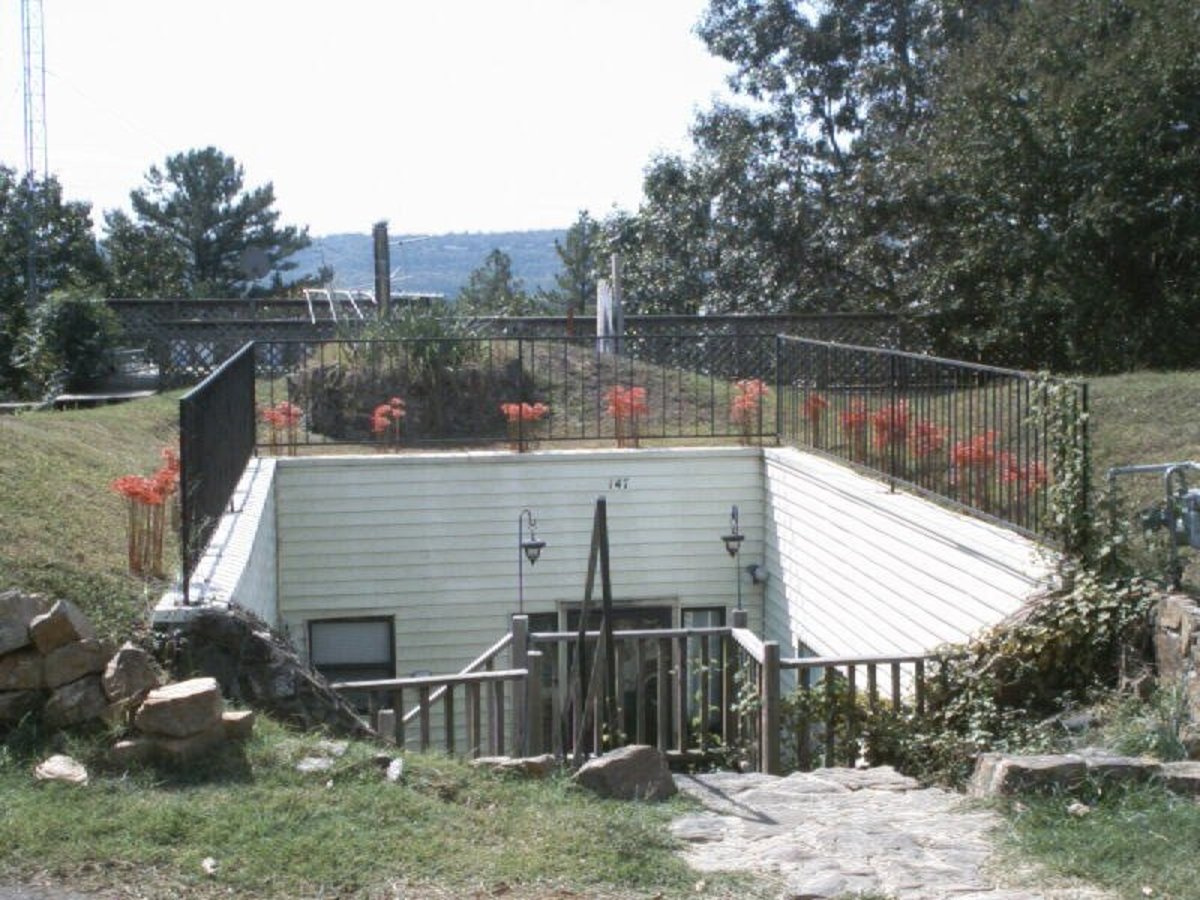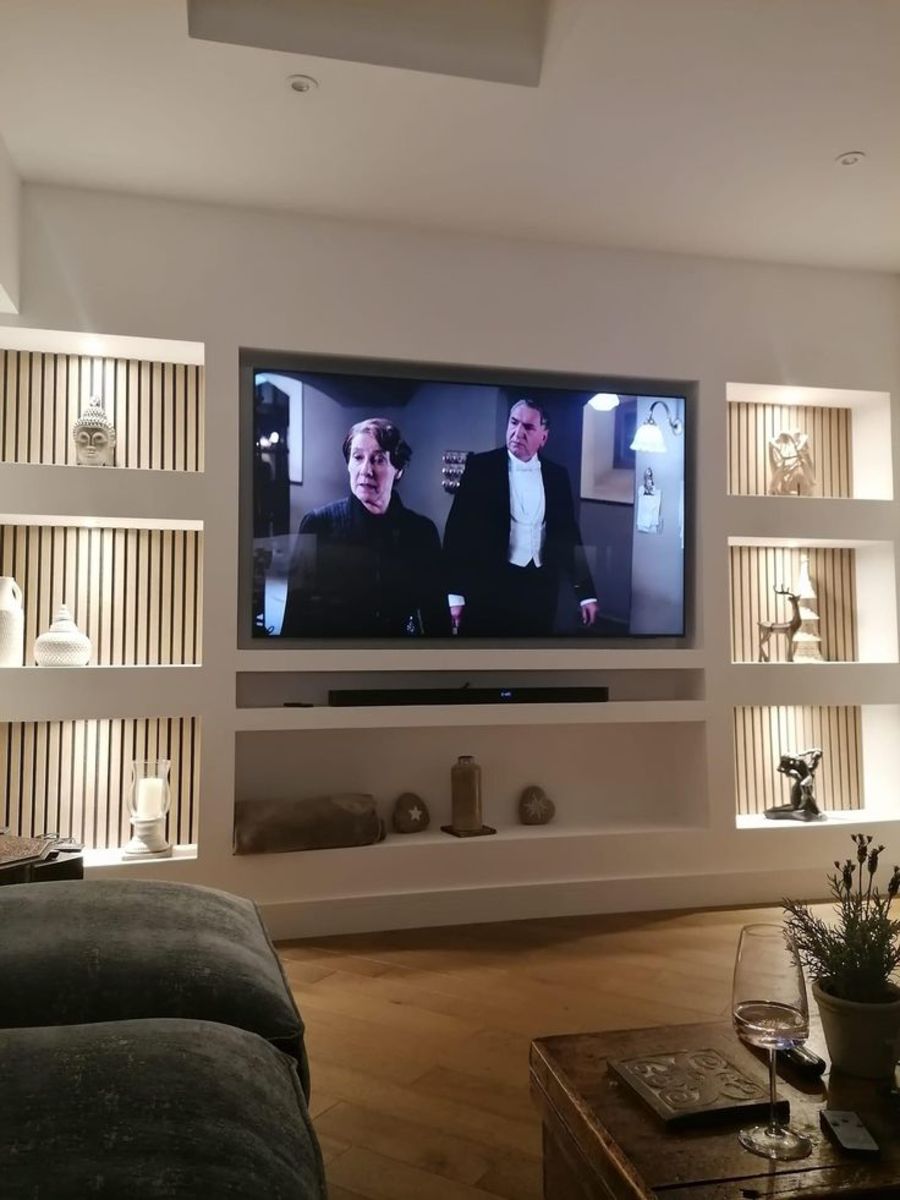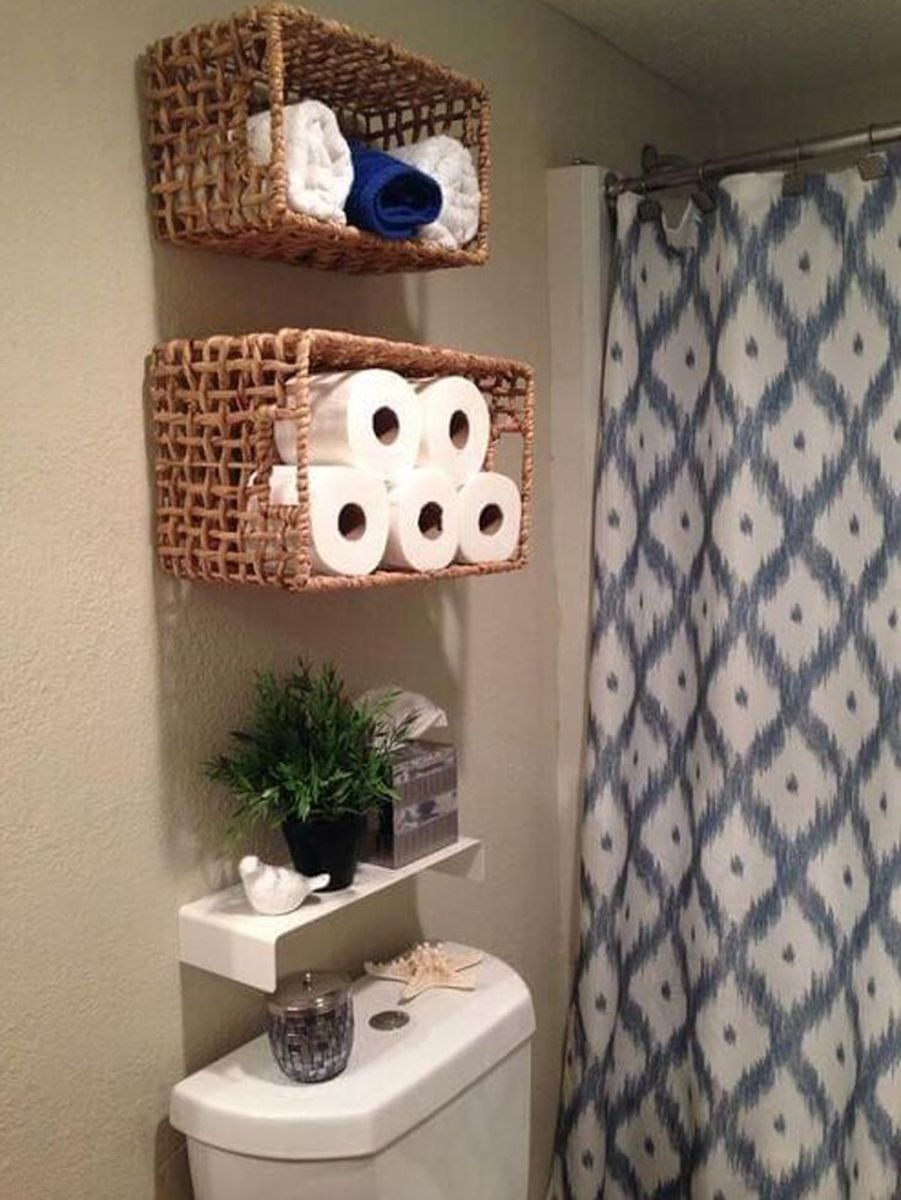10 Tips To Burglar Proof Your House
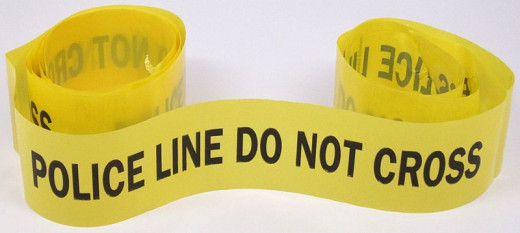
Burglary In The US
The United States Federal Bureau of Investigation (FBI) reports that there were 2,103,787 burglaries in the US in 2012. That’s a burglary somewhere in the country every 15 seconds. As large as that number is, it’s a decrease of 3.7 percent from the previous year.
The average loss for each burglary was $2,230. The loss of the victims' peace of mind can’t be priced.
Burglaries of residential properties accounted for nearly 75 percent of all burglary offenses. What can you do to protect your property from this common crime?
Have you ever been the victim of a burglary?
Preventing Burglaries
There is no foolproof way to eliminate all chances of becoming a victim of burglary. If someone is determined to break into your home and is willing to spend the time and effort and perhaps make some noise, he will eventually break in.
Fortunately, most thieves are more interested in getting in and out as quickly and with as little risk as possible. This means that we don’t have to make it impossible for them to break into our homes; we have to make it just difficult enough that they’ll look for an easier target. How do we do that?
Tip #1 - Lock Your Doors
Lock your doors when you’re not expecting someone to come in. That means when you’re not at home, or you’re in the back yard, a remote part of the house, or asleep. As obvious as this sounds, the FBI reports that 34 percent of the 2.1 million burglaries in 2012 were in the category “unlawful entry”. That means that the burglars didn’t “break” in; they simply walked in the door.
One trick thieves use is to walk up to your front door and knock. If you answer, they’ll ask for directions or claim to be taking a survey. If you don’t answer, they’ll try the door to see if it’s unlocked. Simply locking the door will encourage these thieves to try the next house.
Be sure to lock ALL of the outside doors, including the door that goes from the garage into the house. Also, if you have sliding glass doors, put a dowel or broom stick in the inside track in addition to locking it.
Be careful of entrance doors that have glass panels. Make sure that if a burglar breaks the glass, he won't be able to reach in and unlock the door. Small windows near the top of the door are usually safe. Large panels of glass, although they look very impressive, are a weak point that burglars can exploit.
Tip #2 - Install Deadbolt Locks
Many low-end door locks use spring latch bolts, which are usually part of the doorknob. This is the type of lock that you lock from the inside, step outside, and close the door behind you. These locks are very insecure.
A better solution is a deadbolt lock. A deadbolt is operated separately from the doorknob. Once the door is closed, the lock is engaged either by a lever (when inside) or a key (when outside). The bolt of a deadbolt - the part that protrudes from the door and into the door frame - is typically much longer than a spring latch. That’s what gives it the extra strength.
Just as important as the deadbolt is the strike plate. That’s the metal part connected to the door frame that the bolt goes through. If that part is weak, someone could kick in the door even if you have a deadbolt lock. Standard strike plates are held in place with two half-inch screws that go into the door frame. These plates should be replaced with higher strength ones that are held in with up to six three-inch screws that go all the way through the frame and into the two-by-fours surrounding the door frame. This gives a very secure connection that is much more difficult to kick in.
Tip #3 - Secure Your Windows
Make sure that any windows accessible from outside can’t be opened more than six inches. You can do this by cutting a dowel six inches shorter than the window and placing it in the track along the edge of the window. You may need to glue a bit of Velcro on the dowel and the window frame to get it to stay in place.
This won’t prevent someone from simply breaking the window and gaining entrance that way, but that’s a major escalation in risk for the burglar. He may just decide to move on to the next target.
Some windows come with plastic clips that can be pulled out to prevent the window from being opened more than a few inches. These clips are very convenient, but they’re only meant to keep children from opening the window. An adult can easily open the window and break the clips. (I should know; I’ve done it accidentally in my own home.)
Have blinds and curtains that can be positioned so people outside can’t see in. You don’t want someone window shopping at your house while you’re away.
Tip #4 - Install Outdoor Lights
Burglars don’t want to call attention to themselves. Installing outdoor lights with motion detectors will discourage them from spending time trying to get into your house.
These lights should be located in strategic locations around the perimeter of your house and should be high enough off the ground that no one can easily disconnect or break them. These motion-sensitive lights can be programmed to turn off after a certain time delay.
If you install these lights, please take the time to carefully aim them. Make sure they aren't pointing at your neighbors windows. You want to be secure, not annoying.
Tip #5 - Careful Landscaping
Keep bushes and other landscaping away from the house. A bush near the house gives a thief a place to hide while determining whether or not anyone is home. It may also provide cover while they break a window to gain entrance. Don’t give them this cover to operate from.
Trees near the house may give an intruder a way to climb up to a second floor window to gain entrance or to simply "peep".
Tip #6 - Know Your Neighbors
A nosy neighbor is one of the best protections against burglary. Get to know your neighbors. Let them know that you’re interested in knowing if they notice anyone snooping around. It’s also good to know what normal foot traffic is like in your neighborhood. Once you know what’s normal, it’s easier to tell if something isn’t right.
If I see someone in my neighborhood who looks out of place or is acting suspiciously, I make sure they know that someone has noticed them. I’ll stand outside and watch them if necessary. Sometimes there’s a perfectly valid reason why they’re there. Other times, they quietly leave the area once they know they’ve been spotted.
Tip #7 - Look Lived In
If you plan to be away from home for an extended period of time, there are several precautions you can take.
- Do NOT announce your absence on any social media before you go. Feel free to say something after you return, but DON’T advertise the fact that you’ll be away.
- Halt newspaper delivery or have a neighbor collect your paper. Having a neighbor pick up your paper every day keeps the paper delivery person from knowing that you’re away.
- If you have an outside mailbox, halt mail delivery. If the mail is delivered through a slot in your door, this doesn’t really matter.
- Have a neighbor pick up any sales flyers or other materials that are left at your home.
- If you’ll be away for an extended time, arrange for someone to cut your grass and perform other yard maintenance. Foot-high grass is a sure sign that no one is at home.
- Arrange to have your sidewalk shoveled in the winter if you’re going away.
Tip #8 - Fake TV
There are devices available that simulate the look of a television. They contain a set of LEDs (Light Emitting Diodes) that flicker with the same type of patterns and colors as a television. They are programmable to turn on and off at different times during the day.
If you plan to be away for several days, it may be worth investing in one of these devices. You can set it up in a room with the blinds mostly drawn. From the outside of the house, it will look like someone is home watching TV for most of the night. For most American homes, that’s the normal situation.
You could even have two of these in two different rooms on slightly different schedules. It’s very common for people in one house to watch entirely different shows in different rooms.
Tip #9 - Get A Dog
Get a large, ferocious dog to protect your house. If that doesn’t fit in with your style, get and post a “Beware of Dog” sign in a prominent place on your property. No one else needs to know that it’s fake.
If you can’t get (or don’t want) a dog, there’s another option. Similar to the fake TV in Tip #8, you can also get a fake dog. This is a motion-activated device that plays a recorded barking sound when someone is near your house. The "barking" becomes louder and more frequent as the person approaches the house.
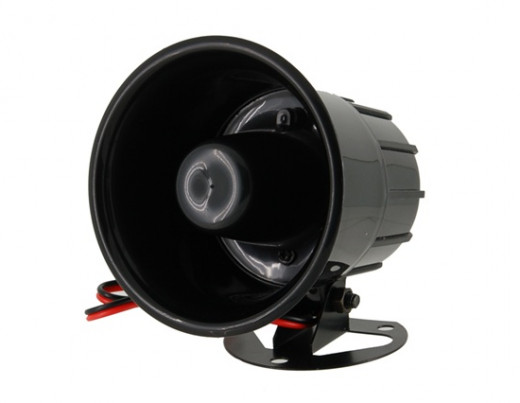
Tip #10 - Alarm System
The price of alarm systems has decreased over the years. It’s best to get an alarm that’s centrally monitored by a professional alarm company. If someone triggers the alarm, they’ll do a quick check and then dispatch the police. You’re charged a monthly fee for this type of service. The fees can vary greatly, so it’s worth shopping around
There are many types of alarm sensors that can be installed. Some of the more common systems for residential use include:
- Contact breakers
- Passive infrared motion detector
- Glass break detector
- Smoke, heat, and carbon monoxide detectors
Contact breakers use magnets to detect when a door or window is opened. Passive infrared detectors sense an intruder’s body heat. Glass break detectors use microphones to detect the sound of glass breaking. Smoke, heat, and carbon monoxide detectors, while unrelated to preventing burglaries, are important safety devices.
Many alarm installations include a variety of sensor types depending on your specific needs. Contact breakers should be used on all doors and windows that can be reached from outside. Motion detectors are used in interior rooms and hallways.
The sensors of alarm systems can be either wired or wireless. The wireless ones have the benefit of being simple to install, but they require batteries. Wired systems don’t need batteries, but it’s a lot more work to install because each one needs to be wired back to a central alarm panel. This greatly increases the installation cost.
Also, silent alarms increase the chances of catching the criminal in the act. However, audible alarms are likely to scare him off before he can cause much damage to your property.
Bonus Tip
Take some time to make an inventory of your house. Start by walking from room to room with a video recorder getting images of everything. Get close-ups showing the makes and models of your electronic devices. This will be handy for insurance purposes if someone does ever break in steal your belongings.
It's also a good idea to record the serial numbers of your electronic devices. While probably not needed for an insurance claim, it would be useful in the unlikely event that the police recover some of the stolen goods.
Conclusion
Thieves have always existed among us. There is no 100 percent effective way to prevent burglary of your home. However, these tips will help reduce your risk of becoming a victim.
© 2014 Ron Bergeron
